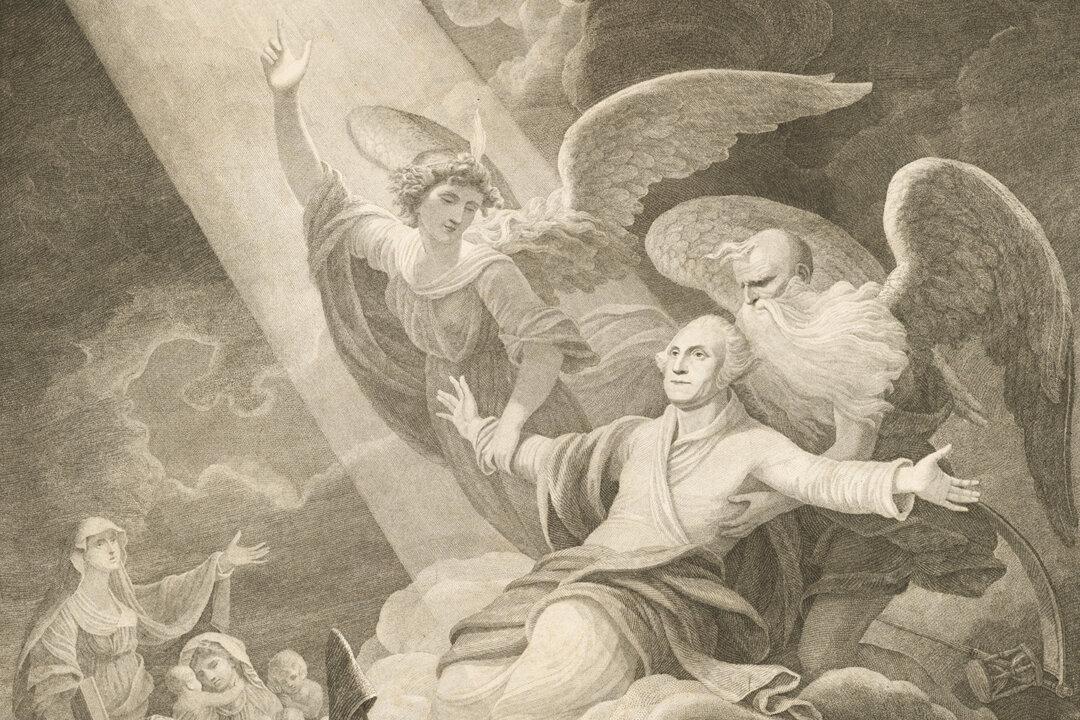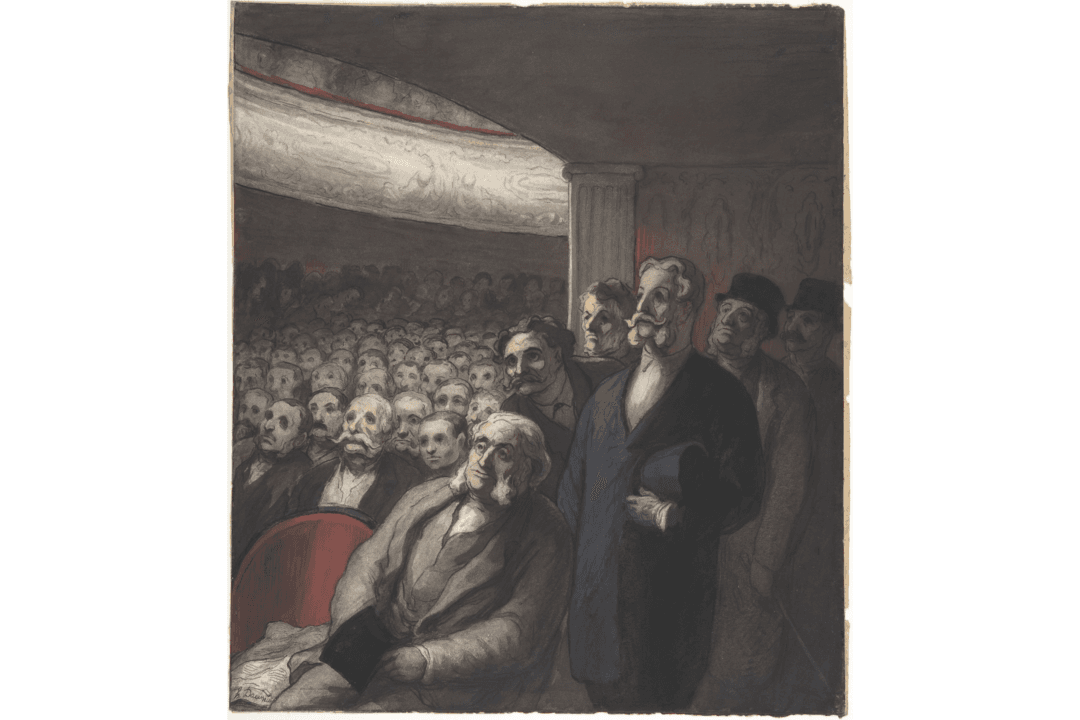In 2022, the Public Theater in New York City presented “Richard III” with a nontraditional casting twist: The role of the villainous king was portrayed by black female actor Danai Gurira. Speaking about the appropriateness of this choice, Gurira reasoned that great writing “transcends culture, it transcends the specificity of the color of your skin or even gender.”
“It transcends those things,” she said. “It’s about the human experience.”






